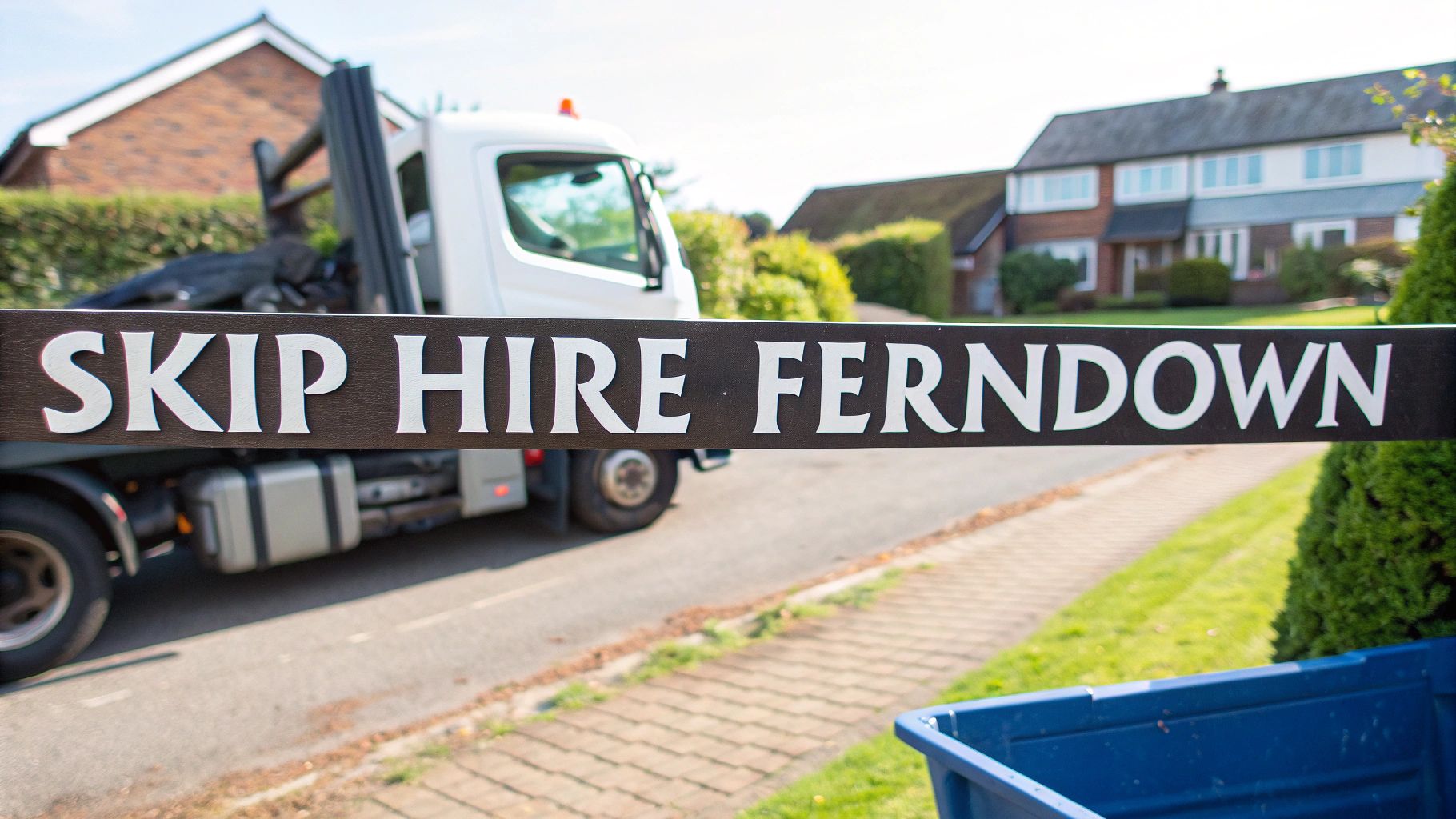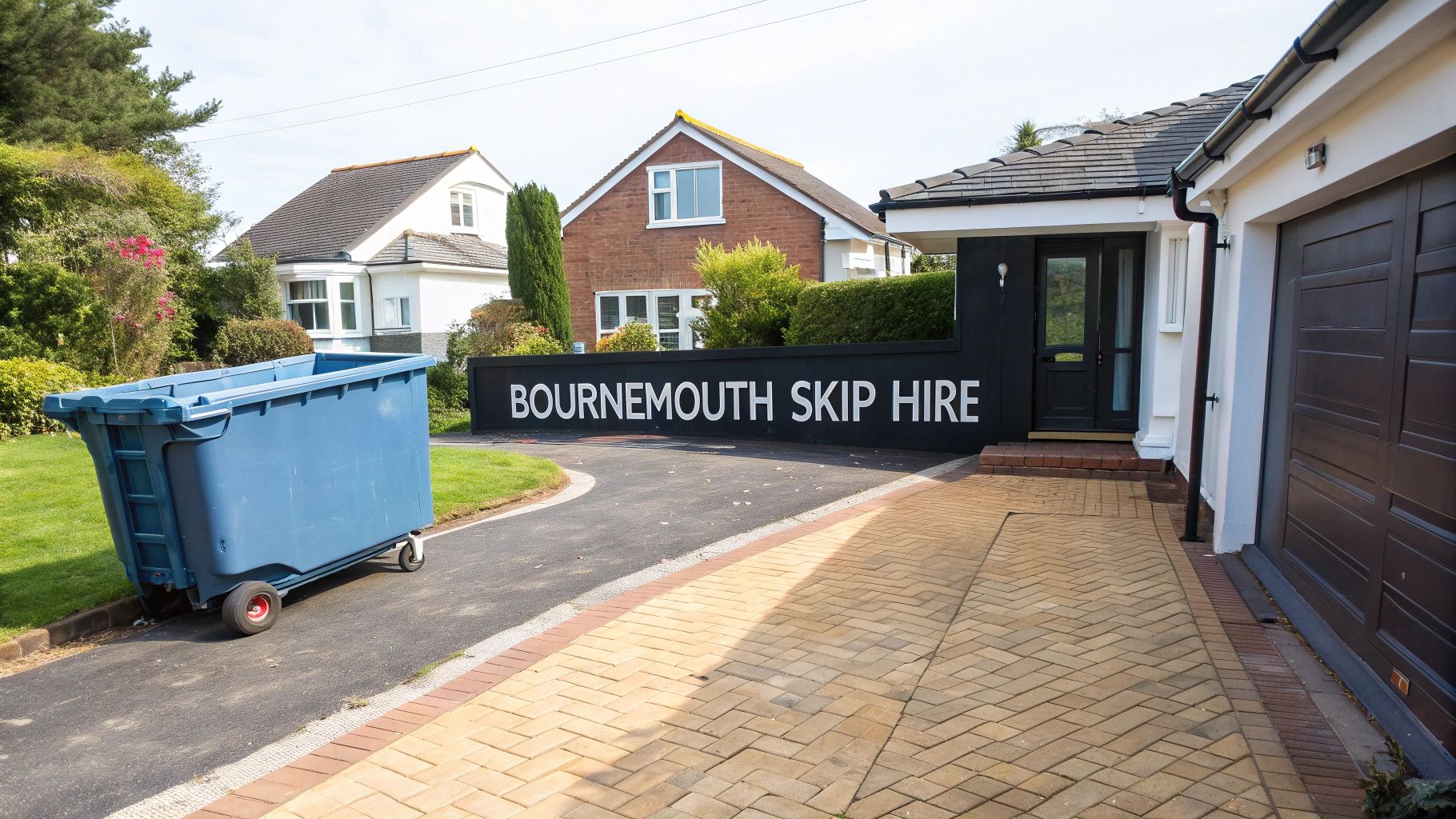Skip Hire Guide • Dorset & Surrounding Areas
Skip Sizes Explained – Find the Perfect Skip for Your Project
Save time, money, and hassle by choosing the right skip size. Too small and you’ll need a second skip; too big and you’ll pay for unused space. Use this UK guide to pick the best fit for your job.
Serving Dorset & surrounding areas with same/next-day delivery.
Why Choosing the Right Skip Size Matters
- Cost-efficient – only pay for the space you need
- Convenient – all your waste fits in one go
- Compliant – avoids overloading and potential fines
Skip Sizes at a Glance

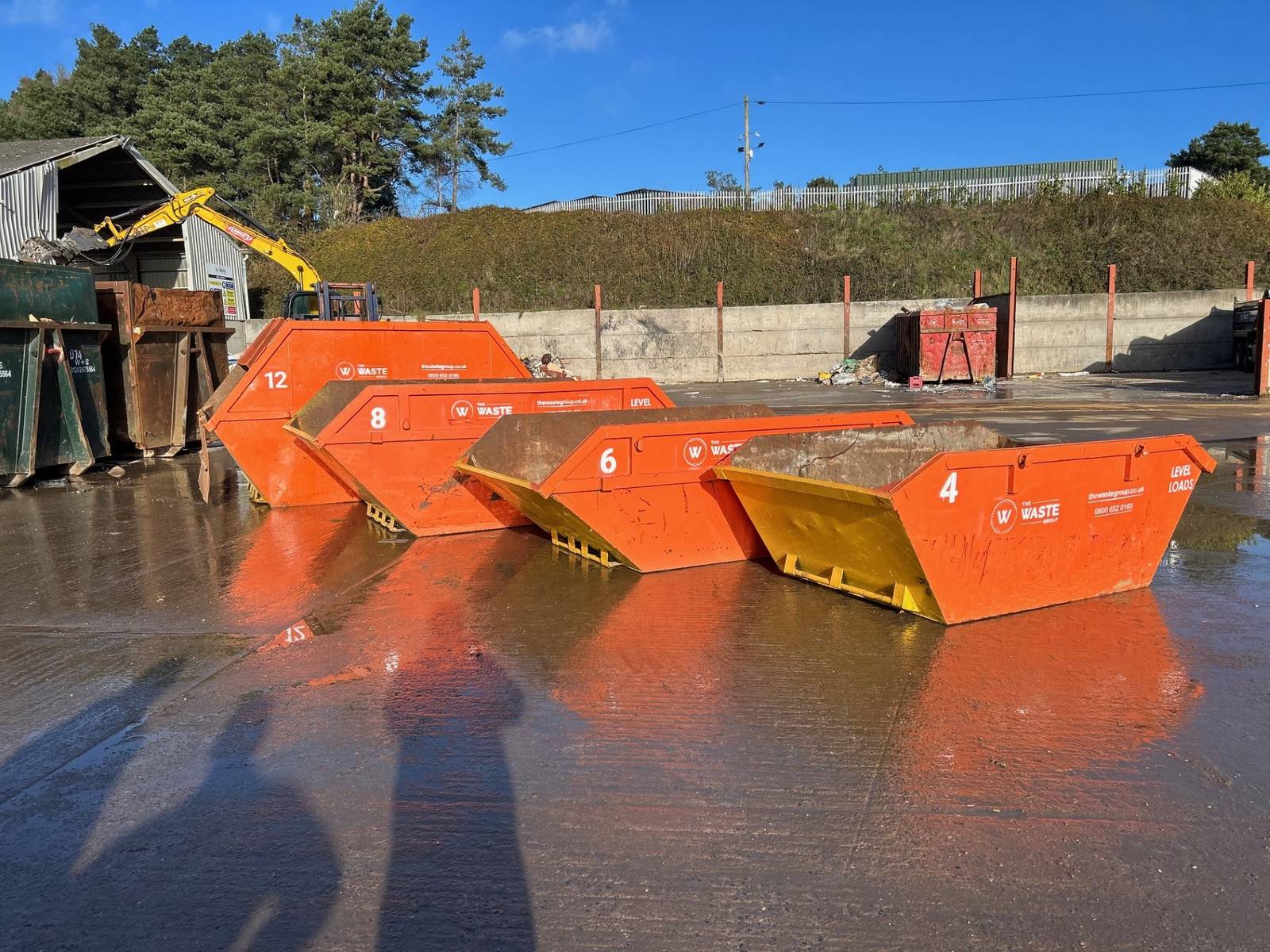
| Skip Size | Cubic Yards | Approx. Bin Bags | Typical Use |
|---|---|---|---|
| Mini | 2–3 | 20–30 | Small DIY projects, garden clear-outs |
| Midi | 4–5 | 40–60 | Bathroom/kitchen refits |
| Builder’s Most popular | 6–8 | 60–80 | Large renovations, heavy waste |
| Maxi | 10–12 | 100–120 | House clearances, bulky waste |
| RORO (Roll-On Roll-Off) | 15–40 | 150–400+ | Commercial use, major projects |
Capacities are indicative. Weight limits apply; heavy materials (soil, rubble, concrete) may restrict usable volume.
Mini Skips (2–3 Cubic Yards)
Best for: Garden tidy-ups, small DIY jobs, shed/garage clear-outs.
Advantages: Fits most driveways · Budget-friendly · Quick to load.
Tip: Doing a slightly larger job? A midi may be cheaper than hiring two minis.
Midi Skips (4–5 Cubic Yards)
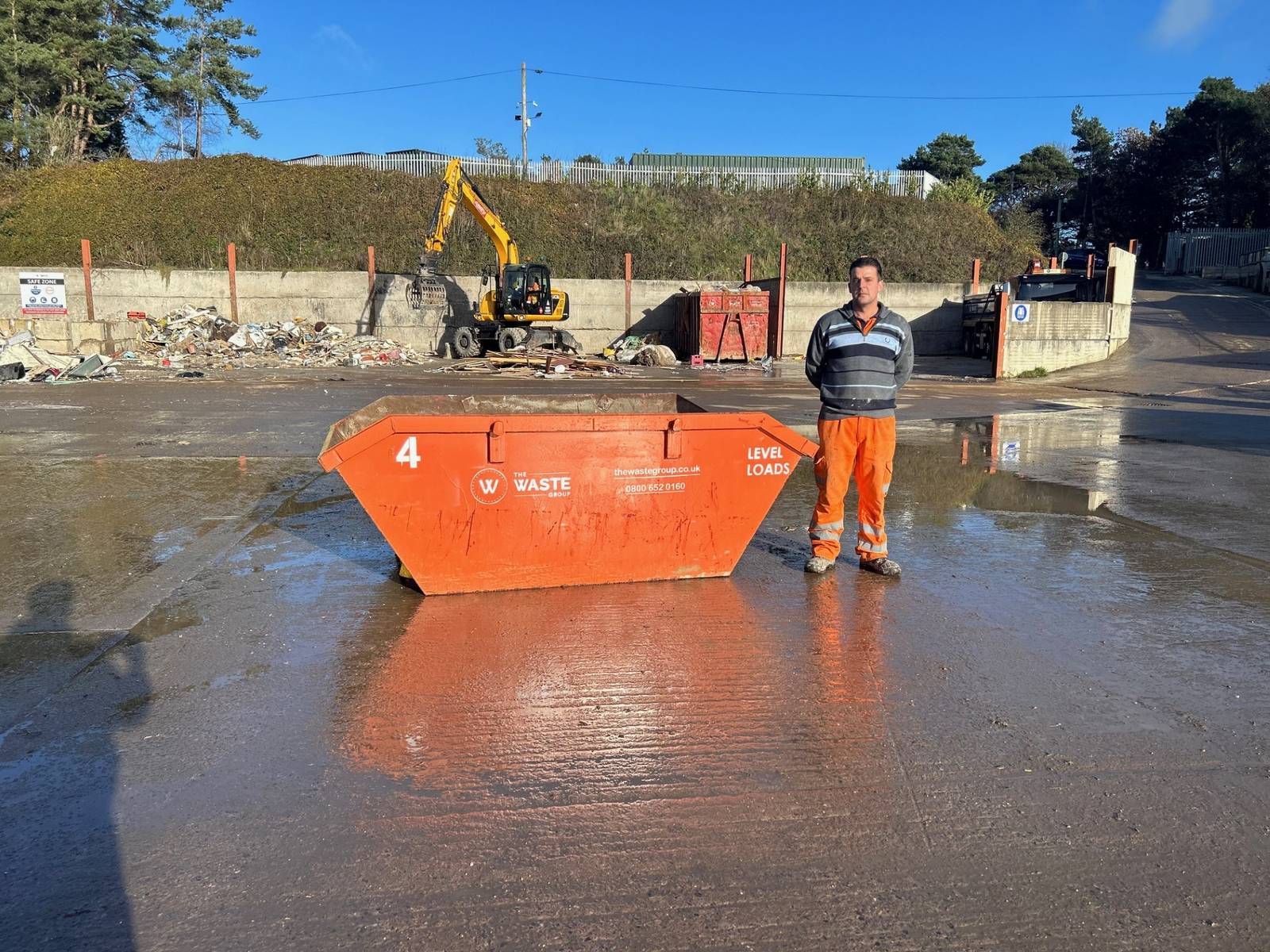
Best for: Kitchen refits, bathroom renovations, medium garden projects.
Advantages: Great size/value balance · Can handle soil, rubble, heavier waste.
Access: Still compact enough for residential streets and driveways.
Builder’s Skips (6–8 Cubic Yards) Most popular
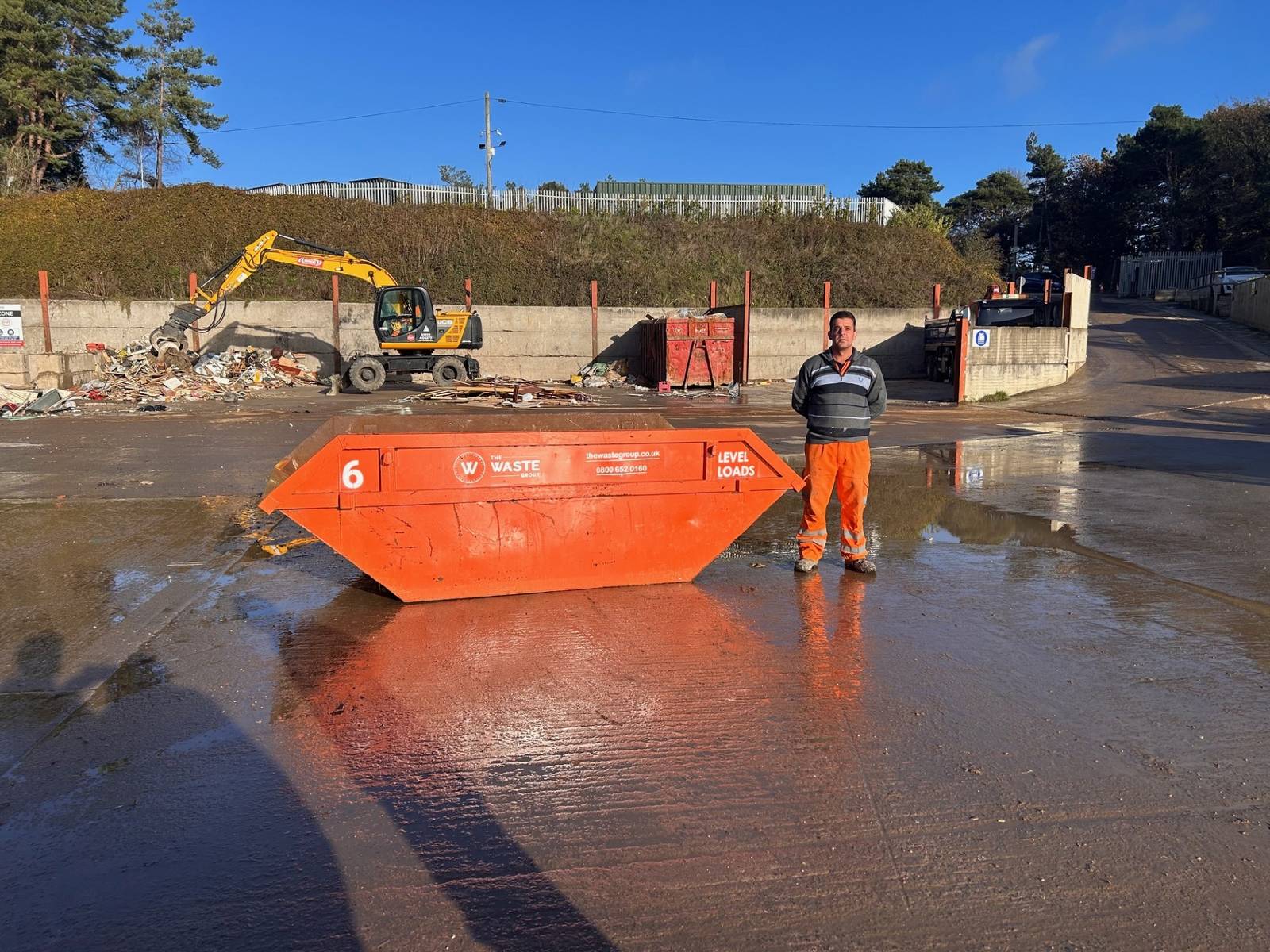
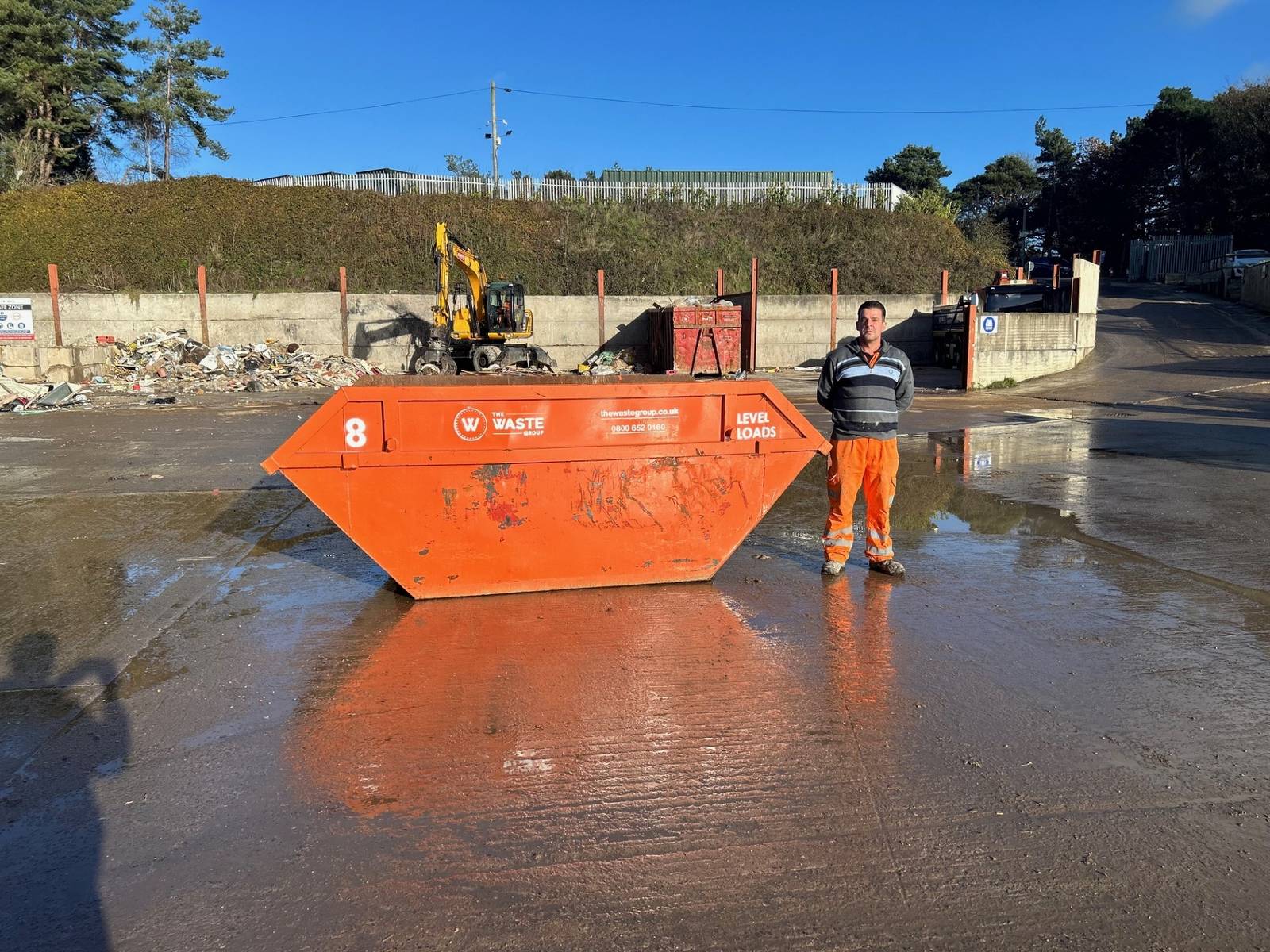
Best for: Full house clearances, larger renovations, heavy building waste (bricks, concrete, soil).
Advantages: Cost-effective for mixed waste · Big enough for bulky items and furniture.
Important: Some councils restrict 8-yard skips from being filled entirely with soil/hardcore due to weight limits.
Maxi Skips (10–12 Cubic Yards)
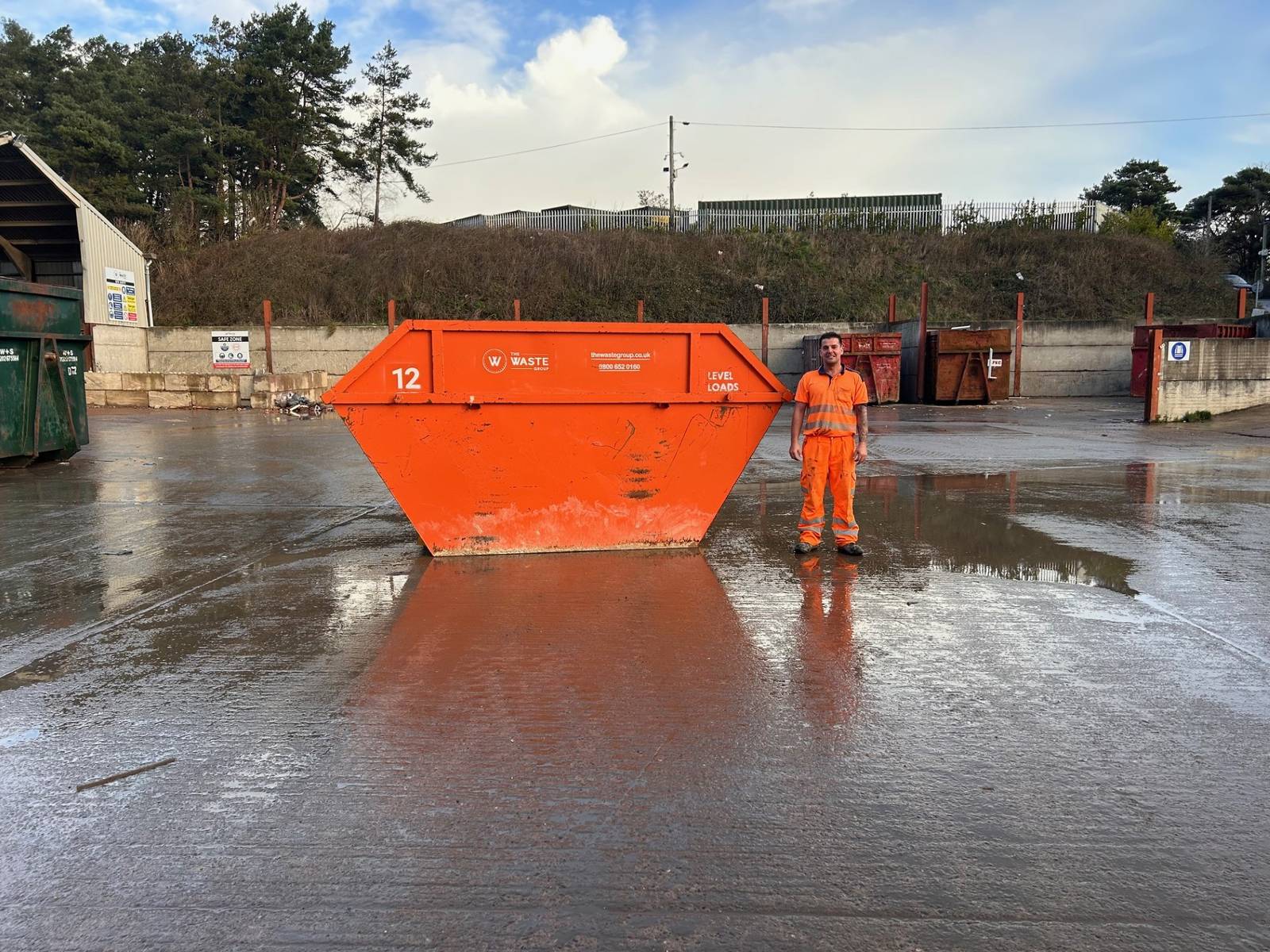
Best for: Whole-house clearances, office/shop refurbs, light bulky waste (sofas, packaging).
Advantages: High volume reduces multiple exchanges/collections.
Note: Not suitable for heavy waste (soil/hardcore) due to weight restrictions.
Roll-On Roll-Off (RORO) Skips (15–40 Cubic Yards)
Best for: Large-scale commercial projects, demolition, sites generating constant waste.
Advantages: Huge capacity · Most efficient for frequent, high-volume disposal.
Real-World Examples: Which Skip Should I Choose?
- Clearing out a single room → Mini skip (2–3 yd)
- Bathroom renovation → Midi skip (4–5 yd)
- Kitchen remodel + flooring → Builder’s skip (6–8 yd)
- Whole-house clearance → Maxi skip (10–12 yd)
- Construction site with daily waste → RORO skip (20–40 yd)
FAQs About Skip Sizes
Can I put any type of waste in a skip?
No. Hazardous items (e.g. asbestos, fridges/freezers, tyres, batteries, solvents) aren’t allowed. If in doubt, contact us before booking.
What happens if I order a skip that’s too small?
You might need a second skip or an exchange, which usually costs more than choosing the right size first time.
Can skips go on the road?
Yes, but you’ll need a permit from your local council if the skip is placed on a public highway. We can advise on permits for your area.
Book the Right Skip Today
At The Waste Group, we make skip hire simple: clear pricing, friendly advice, and same/next-day delivery across Dorset and nearby areas.
